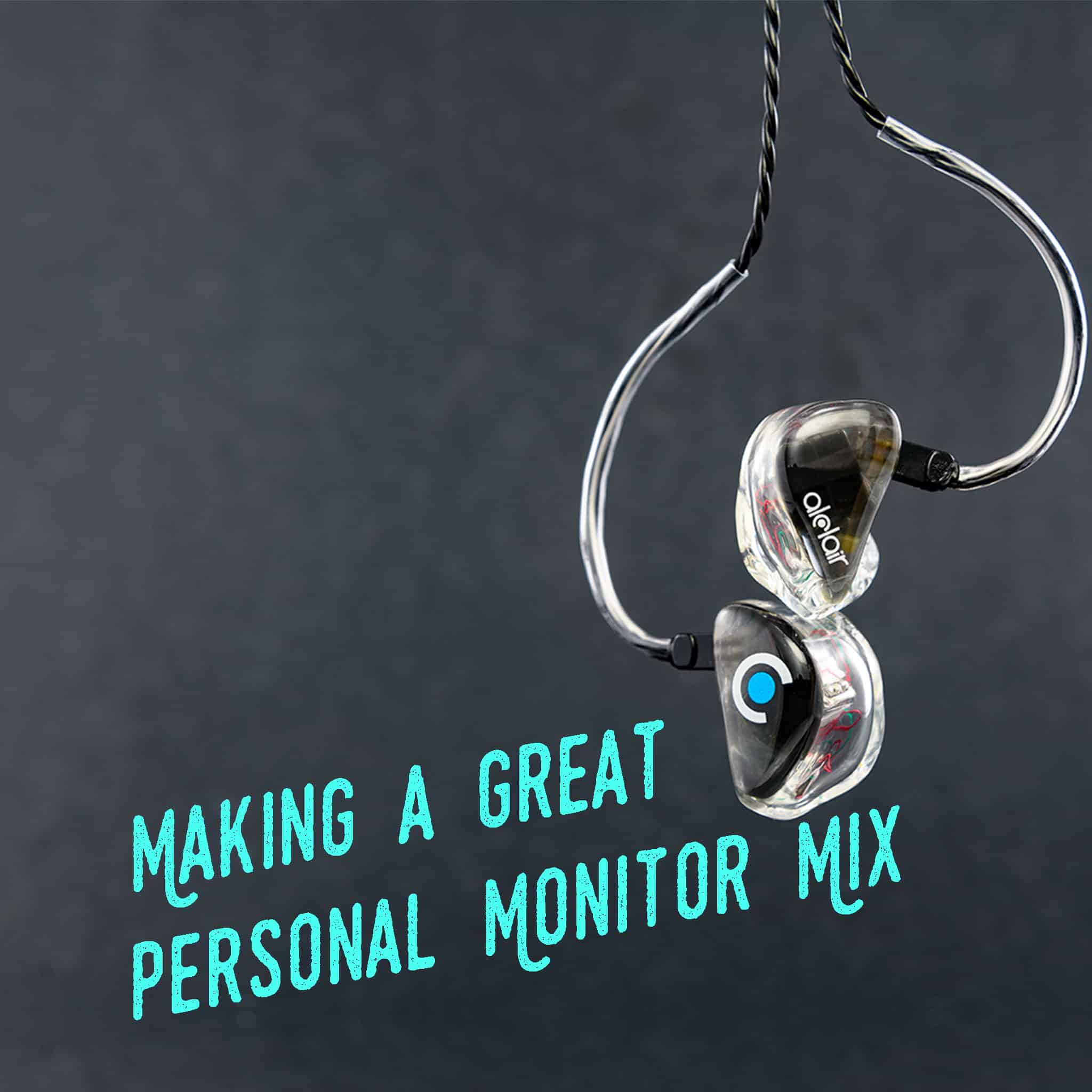If you are in the market for a new mixer, chances are pretty good that it will be a digital mixer. Digital consoles have a lot to offer and can solve a number of problems that we run into in church sound. The price of entry level digital boards is extremely low, and high end consoles provide a dizzying number of options.
Is there any reason to stick with an analog mixer in 2017?
If you’re a small organization or rely on a lot of volunteers, analog mixers may still be the best bet. Consider the following before deciding to recycle that analog mixer:
ANALOG MIXERS ARE EASY TO USE
Non-professionals and volunteers can be distracted and confused by the myriad of switches and controls that mixers offer. Compared to digital mixers, analog mixers are straightforward. There is one clearly labeled button/knob/switch for every function. On a digital mixer, you’re operating a unique piece of software using menus and buttons – one button could be solo in one instance, and mute in another. “Soft keys” allow digital mixers to do a lot with little real estate, but they pay for it in complexity.
ANALOG MIXERS ARE SIMILAR FROM SYSTEM TO SYSTEM
If you learn on one kind of analog mixer, you know how to use any other analog mixer – regardless of the size. This is important when training your volunteer staff, especially if you are training youth. People trained on the “youth” system can make a leap to the main service and fill in, or join the audio team rotation.
ANALOG MIXERS PRESENT QUICK ACCESS TO CRITICAL CONTROLS
This is an often-overlooked benefit to analog, especially with volunteer staff. If a mic begins to feedback on an analog mixer, the user can quickly access the EQ controls to tame the offending frequencies. In a digital system, you may have to press through multiple pages and functions to find what you are looking for. I know that there have been times when I have derailed a pastors train of thought by not being able to find the right menu location to adjust a parameter.
ANALOG MIXERS ARE EASY TO TRAIN WITH
When training volunteers, I prefer to use an analog mixer because it is easy to teach the basics of how sound works without the distractions of having to teach how a digital mixer works—grab this fader, adjust this EQ, press this mute, hear the difference. On a digital mixer, the amount of information the user needs to retain is much greater. Your people will have to know both about sound, AND how to get to the EQ, recall a mix, switch fader banks, etc.
Analog mixers allow you to help volunteers and non-professionals build a foundation that transpose to other systems, even digital mixers. When people learn the basics of making good mixes, they will be able to do the same on more complex systems. Learning to mix on an analog mixer forces you to use your ears; on a digital mixer people rely on what their eyes see (like the EQ display) and not enough on what their ears hear.
Digital mixers have a lot to offer, but so do analog consoles. When moving to digital, you will need to train a lot more and will have a smaller pool of volunteer resources. You will have fewer people who can “fill in” or “jump in and help”. Make sure you consider the volunteer burden before making any jump into new technology.
Convinced that a digital console is right for you?
Let’s face it, sometimes, perhaps most times a digital mixer is the way to go. I would recommend getting a system that has the same “operating system” (mixers are computers), across multiple models and price points. For example, the Behringer X32 and Midas M32 run on the same system so folks who are trained on one can use the other. This is handy for scheduling techs across multiple campuses. Likewise, the Yamaha CL series and the QL series share common operations. This makes it much easier on your tech team to move from one room or campus to another.









